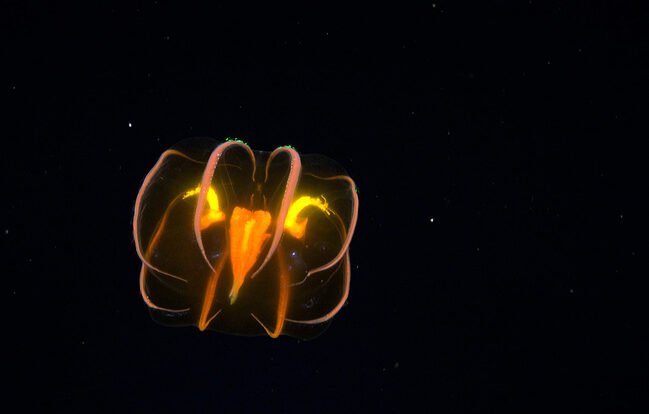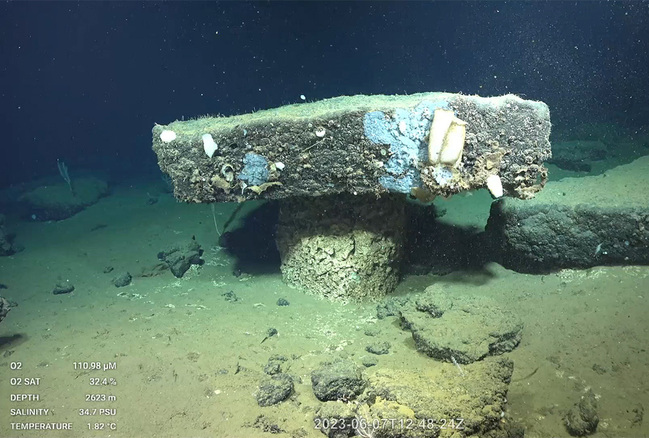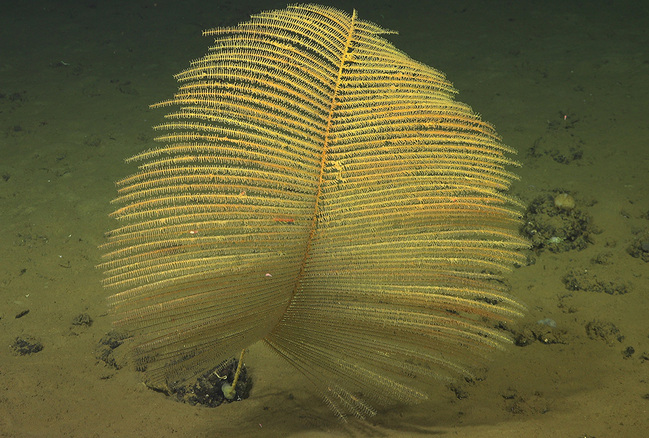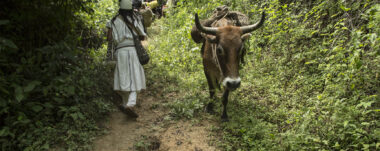Octopus Incubator: the Mystery of a Deep Sea Scientific Expedition

The international expedition that explored the deep sea more than 200 km from the coast.
Recently, an area of ancient underwater volcanoes known as El Dorado became the focus of the scientific expedition called “The Octopus Odyssey Expedition”.
Back in 2014, this region perplexed researchers due to the massive congregation of hundreds of octopuses in a small space. Attracted by this enigma, the team of scientists aimed to explore the seamounts of the Pacific Ocean to understand the phenomenon.
The expedition led by Dr. Jorge Cortés Núñez.
The UCR professor emeritus, had a broader scope than just the study of octopuses. Besides, he proposed to sample various species of marine fauna typical of seamounts, such as corals, sponges and echinoderms, as well as sediments and rocks. The purpose is to investigate the relationship between microbes and animals in the deep sea.

What intrigued scientists was the phenomenon of octopus hatching in an area where the water was warmer due to emissions from within the crust. At a depth of 3,000 meters, the water was normally 2 °C, but at El Dorado, it ranged from 8 °C to 12 °C. The researchers wondered whether this location attracted female octopuses to lay their eggs, and whether they hatched in this environment.
For the team, they didn’t have to wait long for answers. During the first dive of the Octopus Odyssey expedition, the scientists, including world octopus expert Janet Voight, witnessed the hatching of eggs and the appearance of numerous baby octopuses. Emotions and joy filled the site, as this phenomenon was only known in two places in the world: Monterey Bay in California and the Costa Rican Pacific.
Octopus incubator and new species.
Normally, octopuses are solitary creatures, but occasionally, some species group together to protect their eggs until they hatch. The importance of understanding this behavior lies in knowing the relationship between these animals and the microbes present on seamounts.

They are home to breeding grounds for octopus, sponges, octocorals, Dumbo octopus, tripod fish, starfish, black corals and many animals that take hundreds of years to grow.
Not only did the expedition uncover the mystery of octopus incubation, but it also had surprising findings related to other forms of marine life. The octocorals specialist at Cimar and the Center for Research in Microscopic Structures (Ciemic), Dr. Odalisca Breedy Shadid, believes that among the samples collected there are species that are completely new to science.
Octocorals, which do not form reefs and are composed of polyps with eight tentacles each, impressed Breedy during his first dive in 2017. These corals inhabit the deep sea and exhibit unique adaptations to an environment with minimal change. Their growth is slow and their age remains a mystery, as scientists prefer to avoid damaging the corals to determine their longevity.
Sensorial Sunsets
Navigate articles





